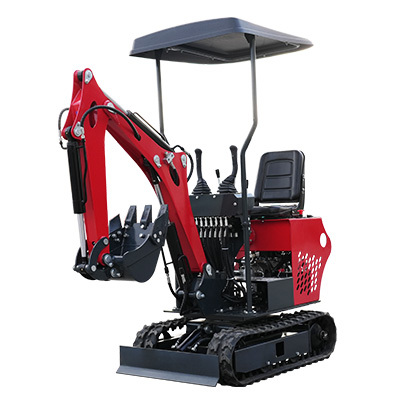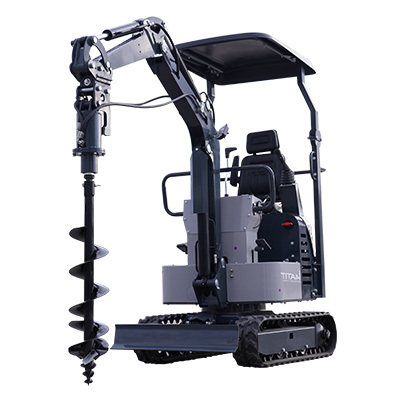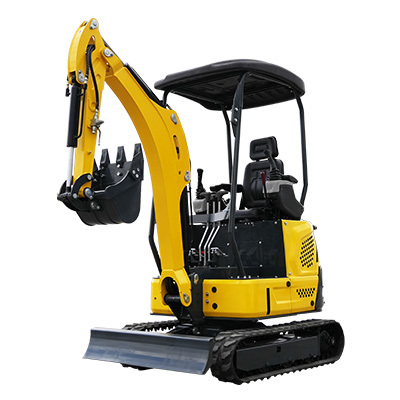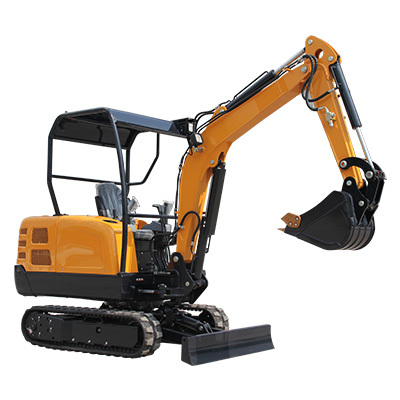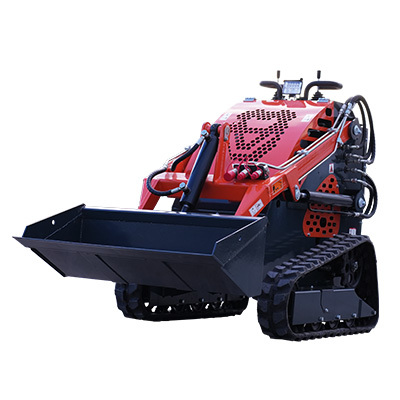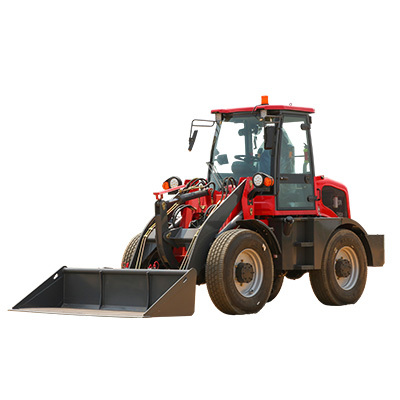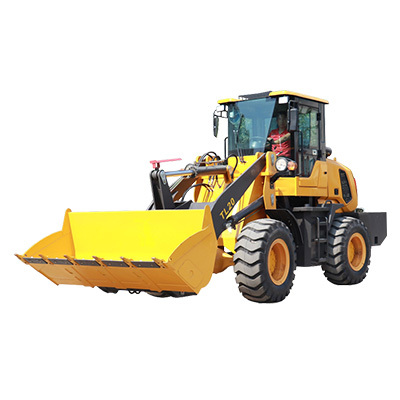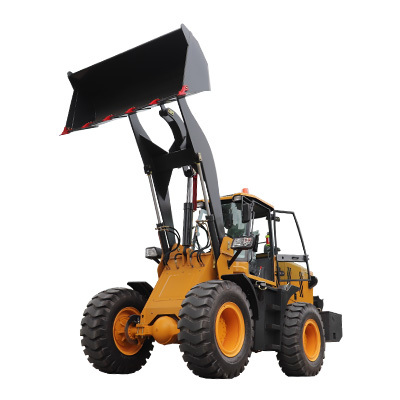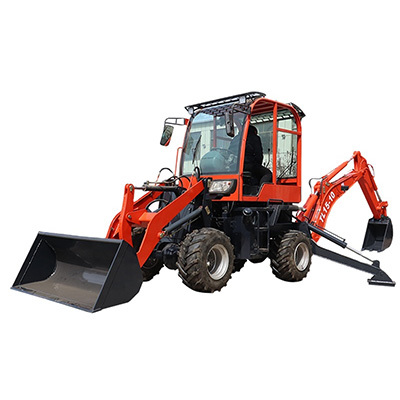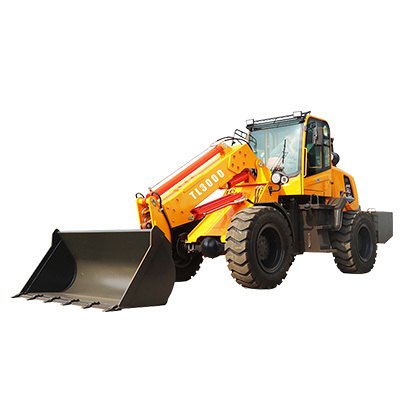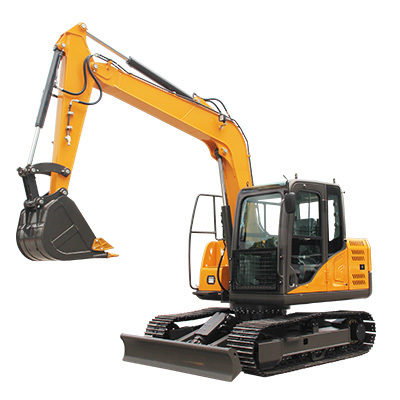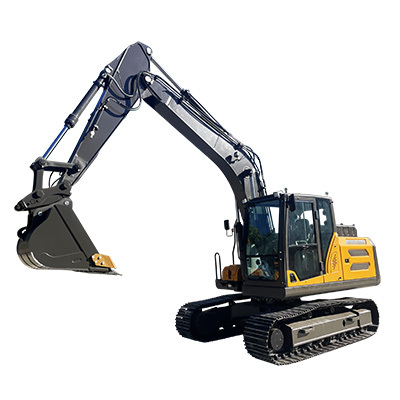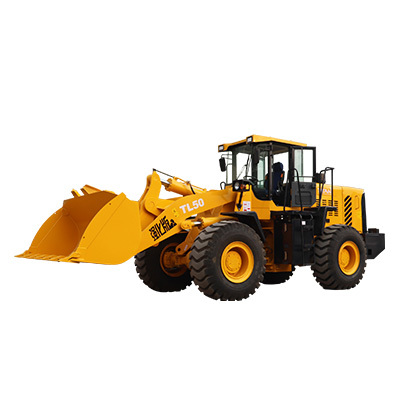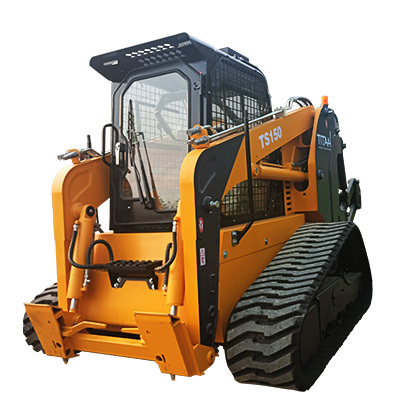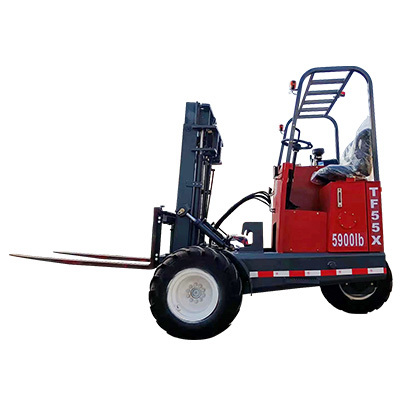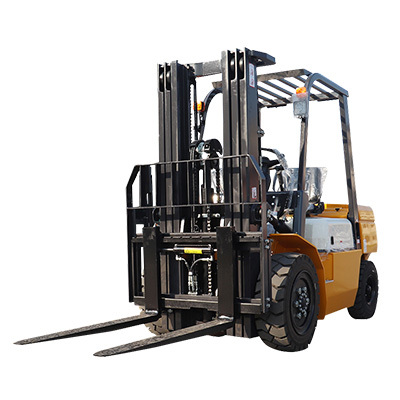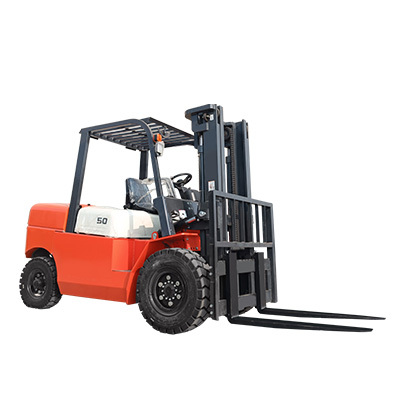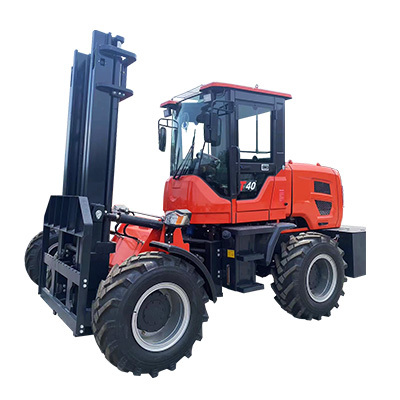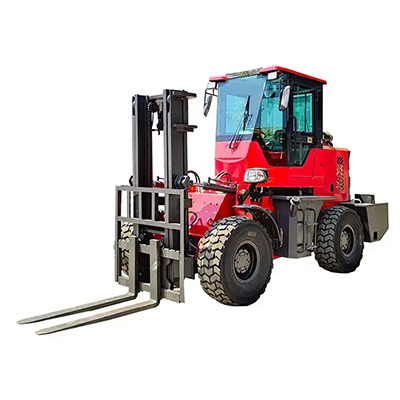Innovations in Compact Construction Equipment: The Latest Trends and Technologies Transforming the Industry
Release time:
2025-07-24
Summary
Innovations in Compact Construction Equipment: What’s New?
In the fast-evolving world of construction, compact equipment stands at the forefront of innovation. These machines, which provide exceptional efficiency and versatility, are now more advanced than ever, thanks to technological advancements and changing industry demands. This article explores the latest innovations in compact construction equipment, shedding light on how these developments are transforming the industry.
1. The Rise of Electric Compact Construction Equipment
As sustainability becomes a key focus across all industries, compact construction equipment has witnessed a significant shift towards electric alternatives. Electric models offer numerous advantages, including reduced emissions, quieter operation, and lower operational costs.
1.1 Benefits of Electric Equipment
Electric compact construction equipment not only helps in minimizing the carbon footprint but also enhances the working environment for operators. The absence of engine noise and vibrations results in safer and more comfortable working conditions.
1.2 Leading Manufacturers Adopting Electric Technology
Major manufacturers are investing heavily in electric models. Brands like Bobcat, JCB, and Volvo have introduced robust electric compact excavators and loaders, catering to a growing market that prioritizes sustainability without sacrificing performance.
2. Advanced Telemetry and IoT Integration
With the integration of the Internet of Things (IoT), compact construction equipment is becoming smarter and more connected. Telemetry systems allow for real-time monitoring of equipment performance, which can lead to significant improvements in efficiency and productivity.
2.1 Improving Maintenance with Predictive Analytics
Remote diagnostics and predictive maintenance capabilities enable operators to anticipate equipment failures before they occur. This proactive approach helps reduce downtime and maintenance costs, ultimately leading to better project timelines.
2.2 Enhanced Operational Efficiency
Telemetry data can also provide insights into usage patterns, helping companies to optimize resource allocation and improve overall efficiency. By analyzing this data, operators can make informed decisions that enhance productivity on job sites.
3. Compact Equipment with Enhanced Safety Features
As safety remains a top priority in the construction industry, innovations in compact construction equipment have introduced a variety of advanced safety features. These enhancements not only protect operators but also promote a safer working environment for all on-site personnel.
3.1 Improved Visibility and Control
New compact excavators and loaders come with superior visibility enhancements, such as panoramic cab designs and advanced camera systems. These features allow operators to have a clearer view of their surroundings, reducing the risk of accidents.
3.2 Automated Safety Systems
Additionally, many compact machines now feature automated safety systems that can detect obstacles and provide alerts to operators, further minimizing the risk of accidents. Such innovations are essential for creating safer job sites and instilling confidence among operators.
4. Versatility and Adaptability in Compact Construction Equipment
One of the most significant trends in compact equipment innovation is the emphasis on versatility. Manufacturers are designing machines that can easily adapt to various tasks, increasing their utility across different projects.
4.1 Multi-Functional Attachments
Modern compact excavation machines can now accommodate a wide range of attachments, from buckets to grapples and even specialized tools for demolition or landscaping. This adaptability allows contractors to take on diverse projects without needing multiple machines.
4.2 Modular Design for Ease of Use
Moreover, the modular design of many compact machines allows for easier maintenance and upgrades, meaning they can be tailored to meet specific project needs over time.
5. Innovations in Compact Construction Equipment Ergonomics
As the industry evolves, so does the focus on operator comfort and ergonomics. New innovations aim to enhance the user experience, leading to increased productivity and satisfaction among operators.
5.1 Comfortable Operating Environments
Manufacturers are paying more attention to cab design, incorporating features such as adjustable seating, climate control, and intuitive controls. These advancements not only improve comfort but also enable operators to work more efficiently over extended periods.
5.2 User-Friendly Control Systems
Intuitive control systems are being integrated into compact construction equipment, making it easier for operators to navigate and operate the machinery effectively. This accessibility reduces the training time required for new operators, enhancing overall site productivity.
6. Eco-Friendly Innovations and Sustainable Practices
With the increasing emphasis on sustainability, manufacturers are focusing on eco-friendly innovations in compact construction equipment. These advancements aim to reduce environmental impact while maintaining equipment performance.
6.1 Fuel Efficiency and Emission Reduction
New compact machines are designed with enhanced fuel efficiency and reduced emissions in mind. Innovations in engine technology and operational efficiency contribute to lower fuel consumption and a smaller carbon footprint.
6.2 Recycling and Reusing Materials
Furthermore, compact equipment is now being designed to facilitate recycling and reusing materials on job sites. This focus on sustainable practices aligns with the industry's growing commitment to environmental responsibility.
7. Future Trends in Compact Construction Equipment
As we look to the future, several trends are emerging in the realm of compact construction equipment innovation. These trends are set to shape the industry for years to come.
7.1 Automation and Autonomous Equipment
Automation is poised to revolutionize compact construction equipment, with autonomous machines becoming more prevalent on job sites. These machines can perform repetitive tasks, allowing operators to focus on more complex aspects of a project.
7.2 Enhanced Data Utilization
The collection and analysis of data will become increasingly sophisticated, enabling smarter decision-making and improved project management. Utilizing data analytics can significantly enhance operational efficiencies and equipment performance.
8. Addressing Challenges in Compact Construction Equipment Innovations
While innovations in compact construction equipment bring numerous advantages, they also present challenges that the industry must address. Understanding these challenges is crucial for successful implementation.
8.1 Initial Investment Costs
Transitioning to new technologies often involves significant upfront costs. Contractors must weigh these costs against the long-term benefits of enhanced efficiency and reduced operational expenditures.
8.2 Skills Gap and Training Needs
As equipment becomes more advanced, there’s a growing need for skilled operators who can manage these innovations effectively. Industry stakeholders must invest in training programs to ensure that workers are equipped with the necessary skills to operate new machinery competently.
FAQs
1. What are the benefits of using electric compact construction equipment?
Electric compact construction equipment offers reduced emissions, lower operational costs, and a quieter working environment, enhancing overall safety and comfort for operators.
2. How does telemetry improve the efficiency of compact construction equipment?
Telemetry provides real-time data on equipment performance, allowing for predictive maintenance, better resource allocation, and improved overall efficiency on job sites.
3. What safety features are being integrated into modern compact construction equipment?
Modern compact equipment now includes enhanced visibility features, automated safety systems, and ergonomic designs that promote safety for operators and surrounding personnel.
4. How do multi-functional attachments benefit compact construction equipment?
Multi-functional attachments increase the versatility of compact construction equipment, allowing operators to tackle a wide range of tasks without needing multiple machines.
5. What future trends should we expect in compact construction equipment?
Future trends will include automation and autonomous equipment, enhanced data utilization for decision-making, and further advancements in eco-friendly technology.
Conclusion
The innovations in compact construction equipment are paving the way for a more efficient, safe, and sustainable future in the construction industry. With advancements in electric technology, IoT integration, enhanced safety features, and a focus on ergonomics and sustainability, these machines are becoming indispensable tools for contractors. As we continue to explore new technologies and trends, it’s essential to stay informed about the ongoing developments that can enhance productivity and efficiency on job sites. By embracing these innovations, we are not only improving our operational capabilities but also contributing to a more sustainable future in construction.
More News
Compact Construction Equipment manufacturer
2025-12-09

